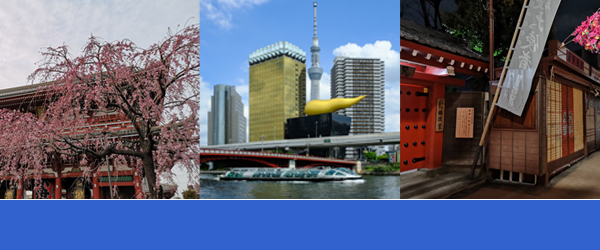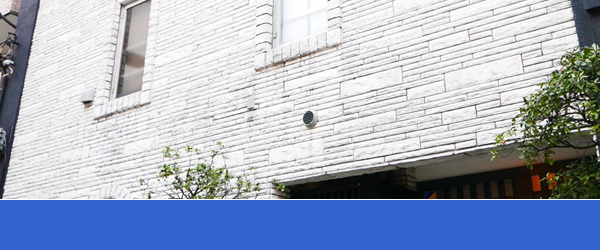In the bustling heart of Tokyo’s Shibuya district, there lies a story that transcends time and culture—the story of Hachiko, the loyal Akita dog.
Hachiko was born on November 10, 1923, which means he would be 100 years old this year if he were still alive. That’s a lot of dog years! He was also born on the same day as the famous actor Richard Burton, who played Mark Antony in the movie Cleopatra. Coincidence? I think not1 Hachiko was not originally from Tokyo, but from Odate City in Akita Prefecture, where he was sold for 30 yen (a sizeable sum at the time) to Hidesaburo Ueno, a professor at the Tokyo Imperial University. He was put on an express train and arrived in Tokyo 20 hours later. He must have been very tired and hungry after such a long trip2 Hachiko had a studded leather harness that made him look like a badass. He also had a nickname: Sir Hachi. That’s right, he was a knight in shining armor for his master Ueno, who loved him dearly3 Hachiko was not the only dog that waited for Ueno at Shibuya Station every day. He had two companions: John and Riki. They were also Akitas, and they belonged to Ueno’s colleagues. However, they stopped coming after Ueno’s death, while Hachiko continued his vigil for 10 years. That’s loyalty for you. Hachiko was not always treated kindly by the people who saw him at the station. Some of them bullied him, beat him, and even threw rocks at him. How rude! Luckily, he also had some friends who fed him, petted him, and took care of him. One of them was Kikuzaburo Kobayashi, Ueno’s former gardener, who adopted Hachiko and let him stay at his house in Tomigaya.
Hachiko became famous in 1932, when a newspaper article about him was published by Hirokichi Saito, one of Ueno’s former students and a dog lover himself. The article touched the hearts of many Japanese people, who admired Hachiko’s devotion and fidelity. They started visiting him at the station, bringing him food and gifts, and taking pictures with him. He even received letters from fans all over Japan. He was a celebrity! Hachiko died on March 8, 1935, at the age of 11. He was found lying on the street near Shibuya Station, with a bone in his mouth. He had terminal cancer and a worm infection. His body was preserved and displayed at the National Science Museum of Japan in Ueno (how ironic). His fur was also made into a coat for one of his admirers. Hachiko’s legacy lives on in many ways. There are statues of him in Shibuya Station (the original one was melted down during World War II and replaced in 1948), Odate Station (his hometown), The University of Tokyo (where Ueno worked), and even in Woonsocket, Rhode Island (where the American movie about him was filmed). There are also movies, books, songs, comics, and games inspired by his story. He is considered a national icon and a symbol of loyalty in Japan. Hachiko is not alone in his eternal wait for Ueno. In 2015, another statue was unveiled at The University of Tokyo’s campus, depicting Ueno and Hachiko reunited at last. The statue shows Ueno smiling and patting Hachiko’s head, while Hachiko looks up at him with joy and affection. It is a beautiful and touching tribute to their bond that transcends time and death.
Hachiko’s story goes far beyond the common narrative of a loyal dog waiting for his owner. It’s a tale of unwavering dedication, intellectual admiration, and a resilient spirit that survived tumultuous eras. As you stand in front of Hachiko’s statue at Shibuya Station, remember that you’re not just witnessing a touching tale; you’re connecting with a deeper cultural and historical legacy that continues to inspire generations of both locals and travelers.








